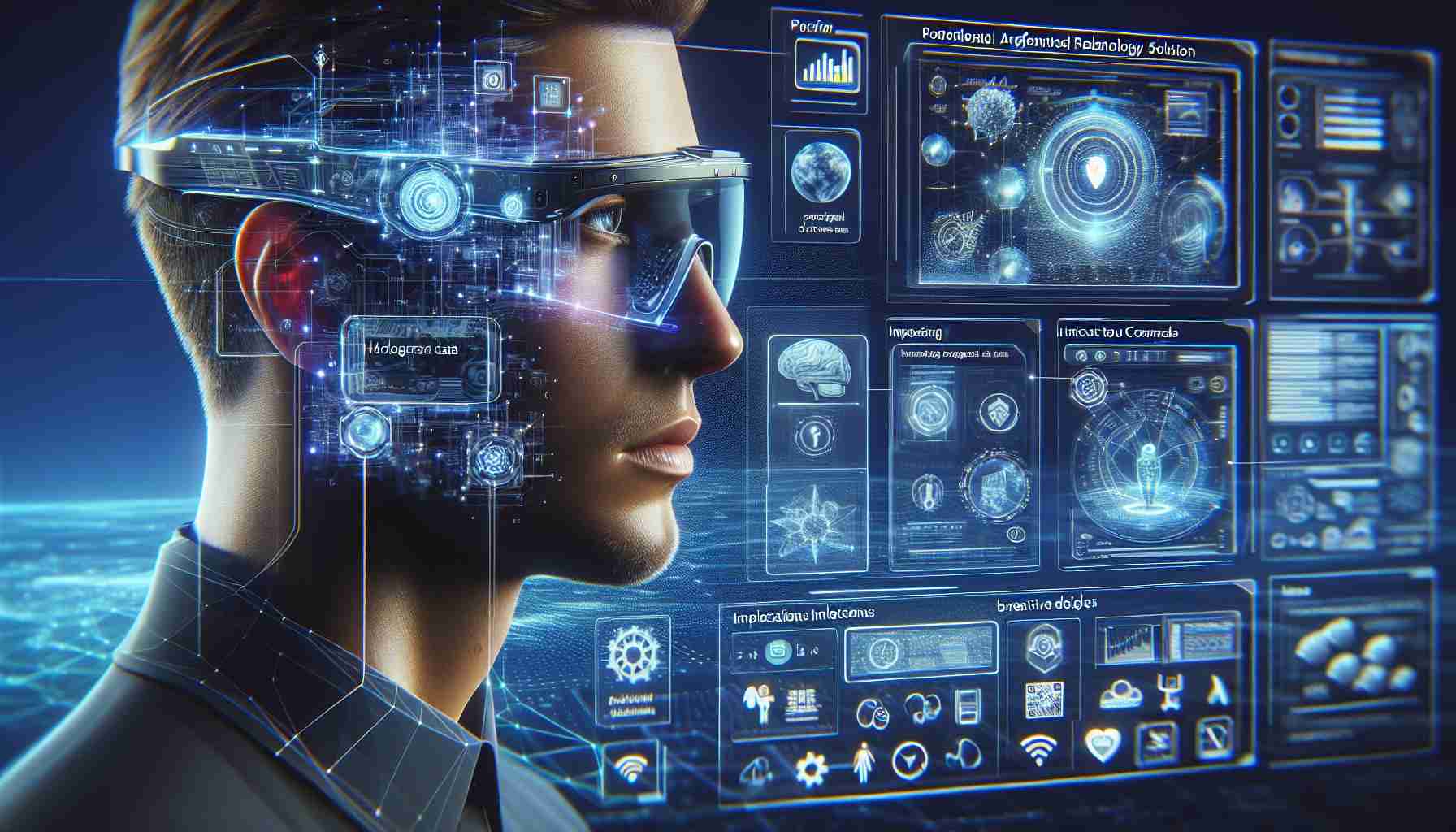
Apple’s cutting-edge technology, originally developed for Vision Pro, is paving the way for a new era of wearable augmented reality devices. This innovative tech allows users to seamlessly interact with apps and software simply by gazing at icons, showcasing the immense potential for AR glasses to take center stage in the tech world.
While Apple faces challenges in bringing AR specs to the mass market, insiders hint at a potential shift in focus from traditional iPhones to these sleek, lightweight spectacles.
An unnamed source within Apple’s ranks suggests that the company is intensifying efforts to create AR glasses that could serve as a futuristic replacement for smartphones. Although a 2027 launch date looms on the horizon, the road to retail availability appears lengthy, with many hurdles still to overcome.
Despite the substantial investment required for developing AR glasses, Apple’s Vision Products Group remains dedicated to the project, steadily expanding its workforce and pouring resources into perfecting the technology.
Analysts echo the sentiment that Apple Glass holds immense promise in revolutionizing the way we engage with technology, envisioning a future where AR glasses may eventually surpass the iconic iPhone in functionality and popularity.
Apple’s Vision Pro Technology Driving the Future of AR Wearables with Potential Beyond Phones
Exploring New Horizons:
Apple’s Vision Pro technology, while currently focused on enhancing the capabilities of wearable augmented reality devices, extends its potential impact beyond just glasses. As Apple continues to innovate, could we see this cutting-edge tech integrated into other devices in the future for a truly interconnected digital experience?
Unveiling the Future:
With the progress being made in developing AR glasses that could replace traditional smartphones, how might this transition influence our daily interactions with technology? Are we on the brink of a significant paradigm shift in the way we view and use digital devices?
Key Questions and Controversies:
1. How will the integration of Apple’s Vision Pro technology into AR glasses affect privacy concerns regarding data collection through augmented reality experiences?
– The collection and usage of personal data through AR devices raise ethical dilemmas and regulatory challenges that Apple and other tech companies must navigate to ensure user trust and compliance.
2. What are the main challenges in mass-producing AR wearables, and how might these impact the eventual consumer availability of Apple’s AR glasses?
– Scaling production to meet demand, ensuring affordability, and maintaining high-quality standards are pivotal challenges that could influence the widespread adoption of wearable AR devices.
Advantages and Disadvantages:
– Advantages: Apple’s Vision Pro technology opens up new possibilities for seamless interaction with digital content, immersive experiences, and hands-free convenience. The potential for enhanced productivity, entertainment, and accessibility through AR glasses is vast.
– Disadvantages: Concerns about societal dependence on wearable tech, potential health implications of prolonged AR device usage, and the need for robust digital security measures are key areas where challenges may arise.
As the development of Apple’s Vision Pro technology progresses, the future of wearable AR devices appears increasingly exciting yet complex. It is crucial for stakeholders to address the multifaceted implications of this tech evolution to realize its full potential while mitigating associated risks.
For further insights on the latest in augmented reality innovations from Apple and beyond, visit Apple’s official website.
